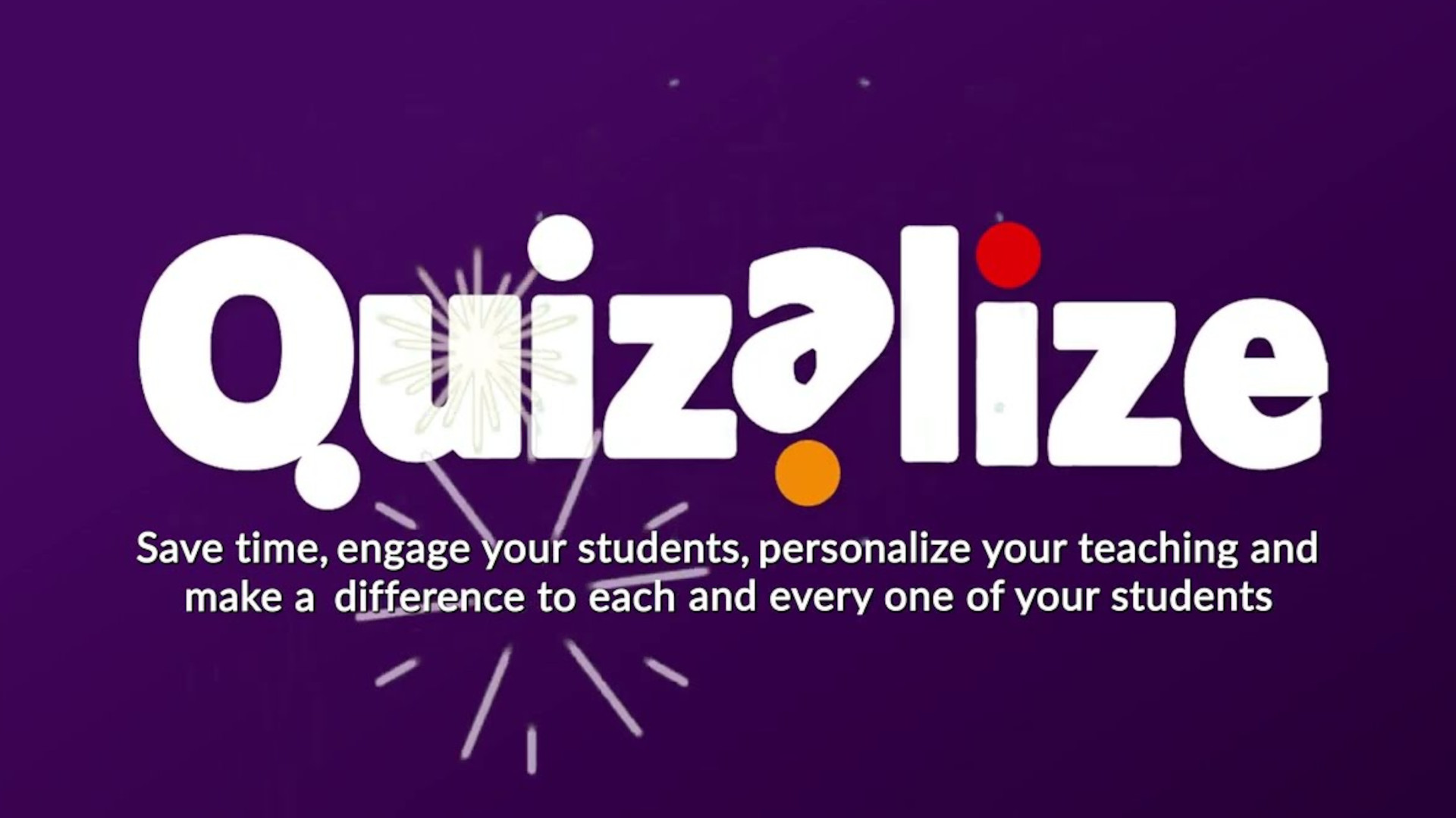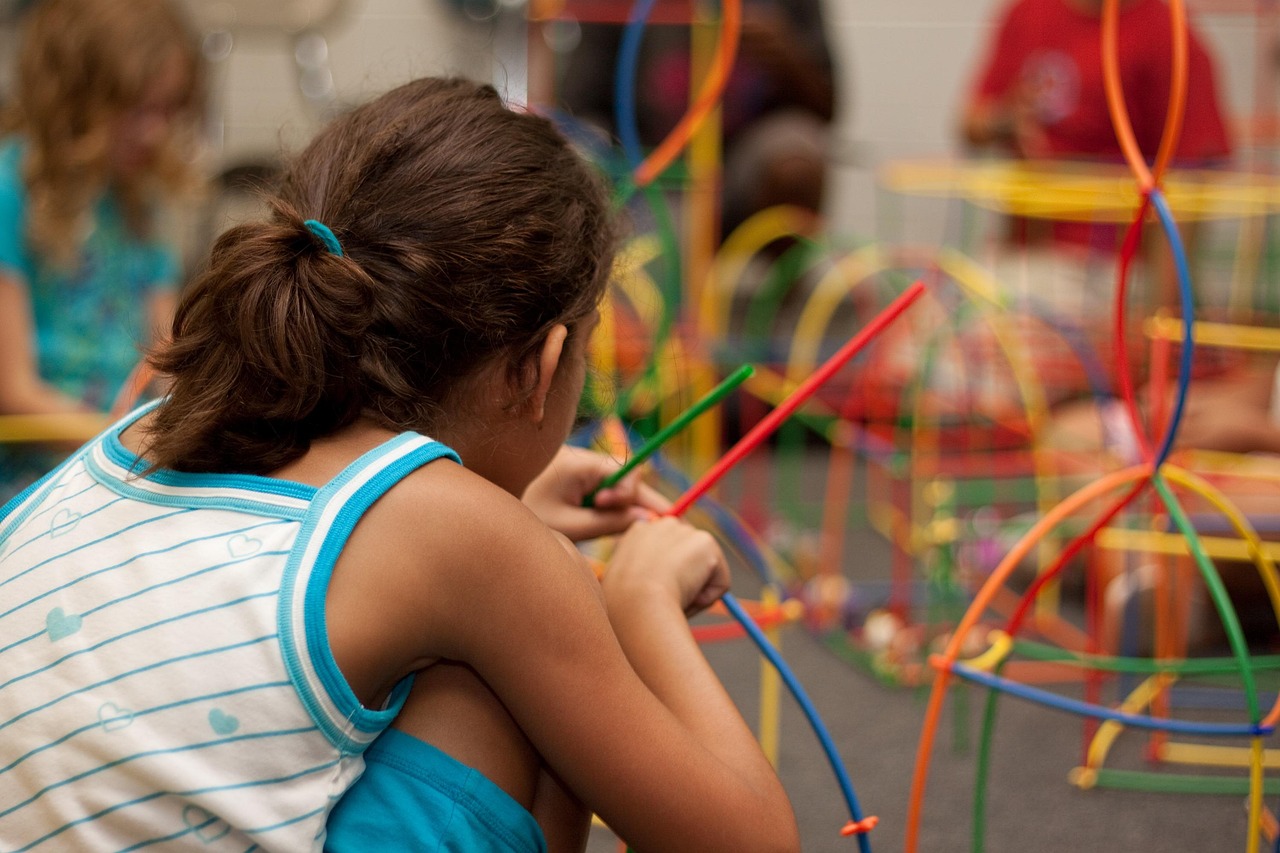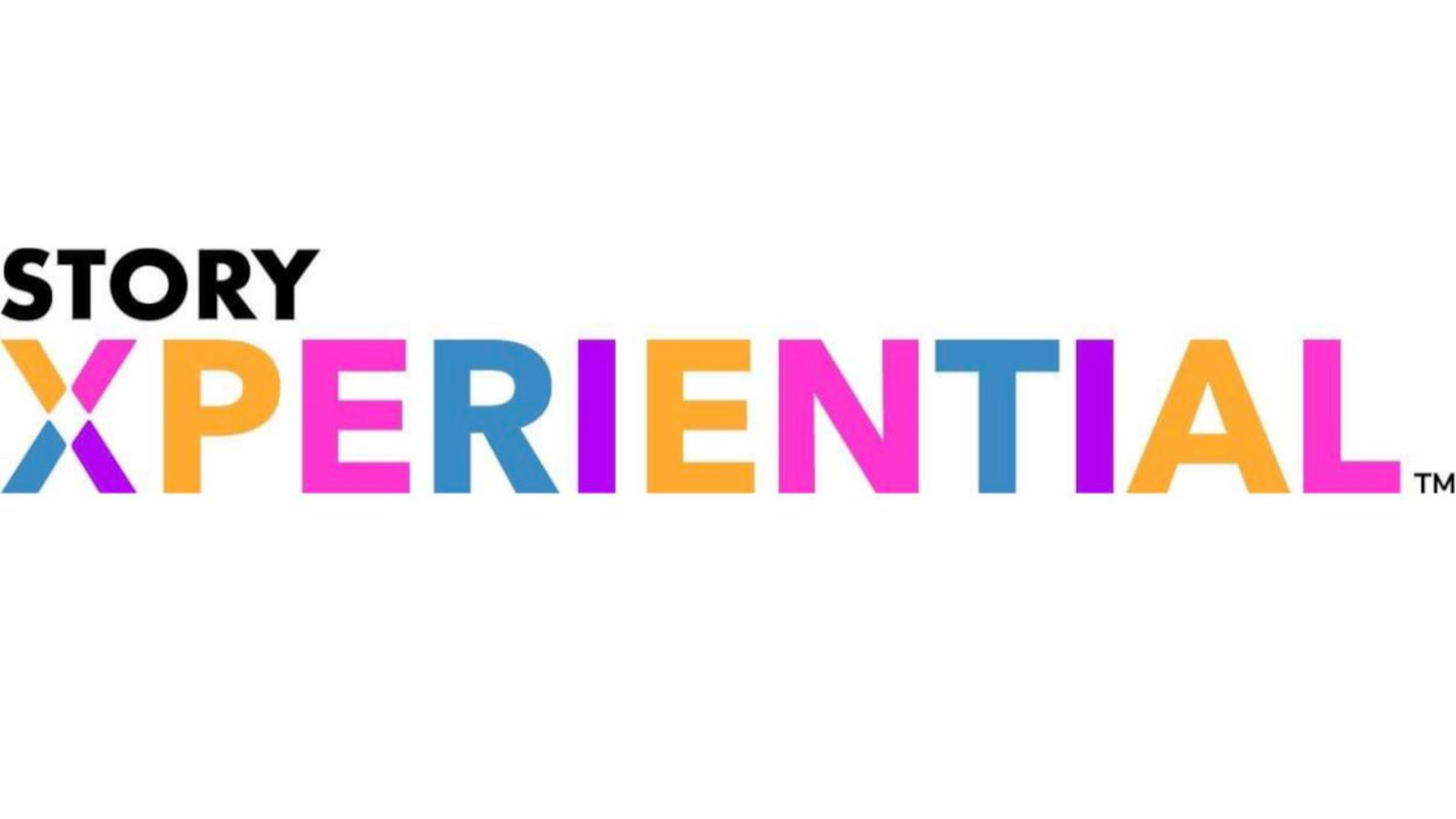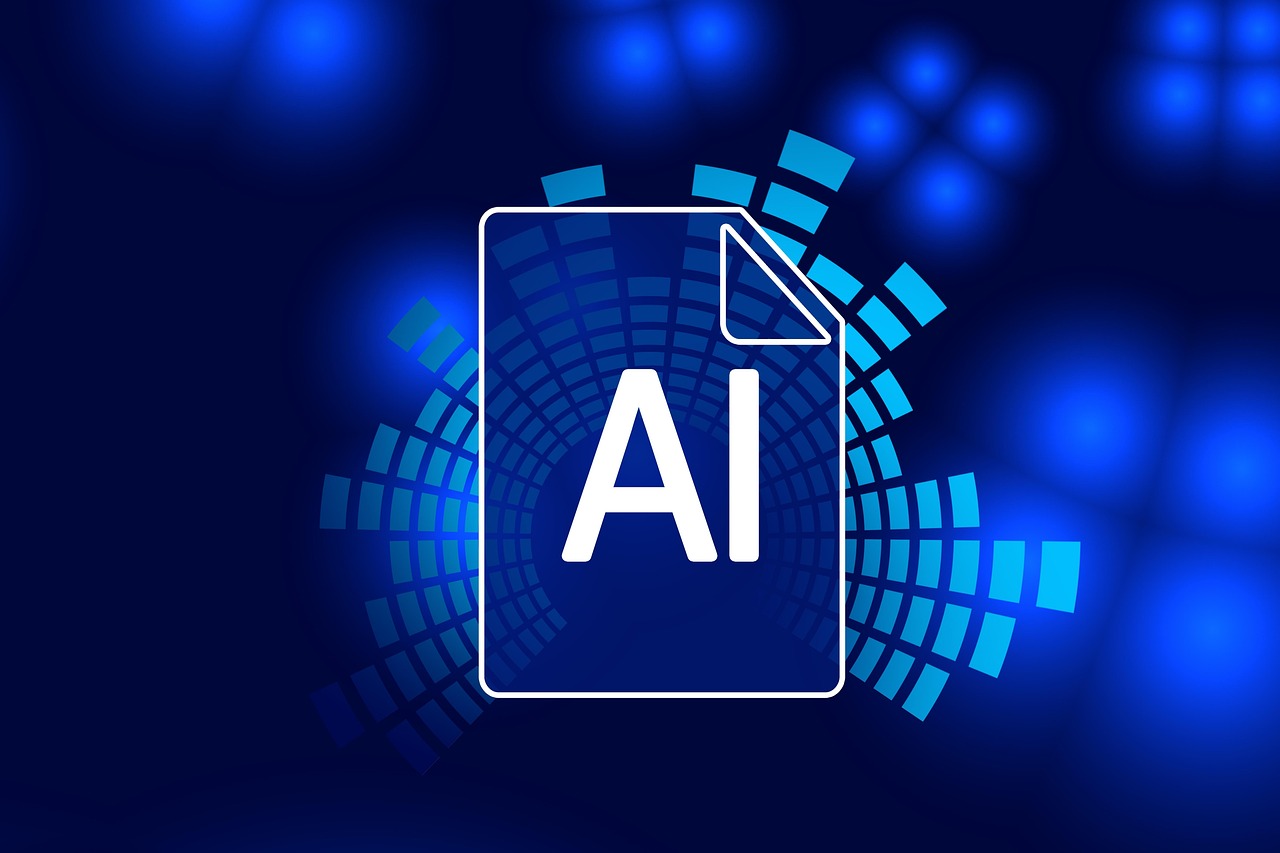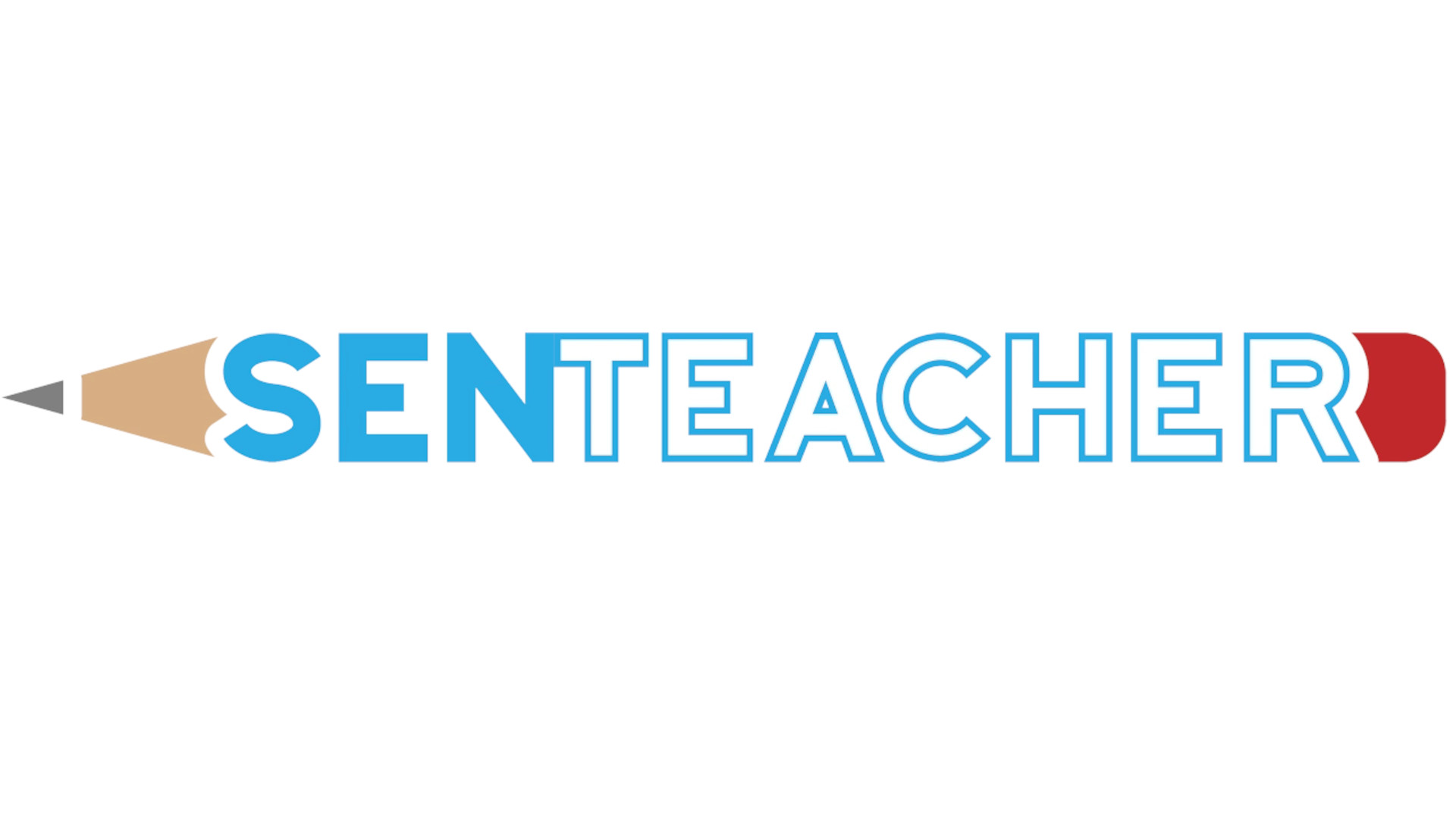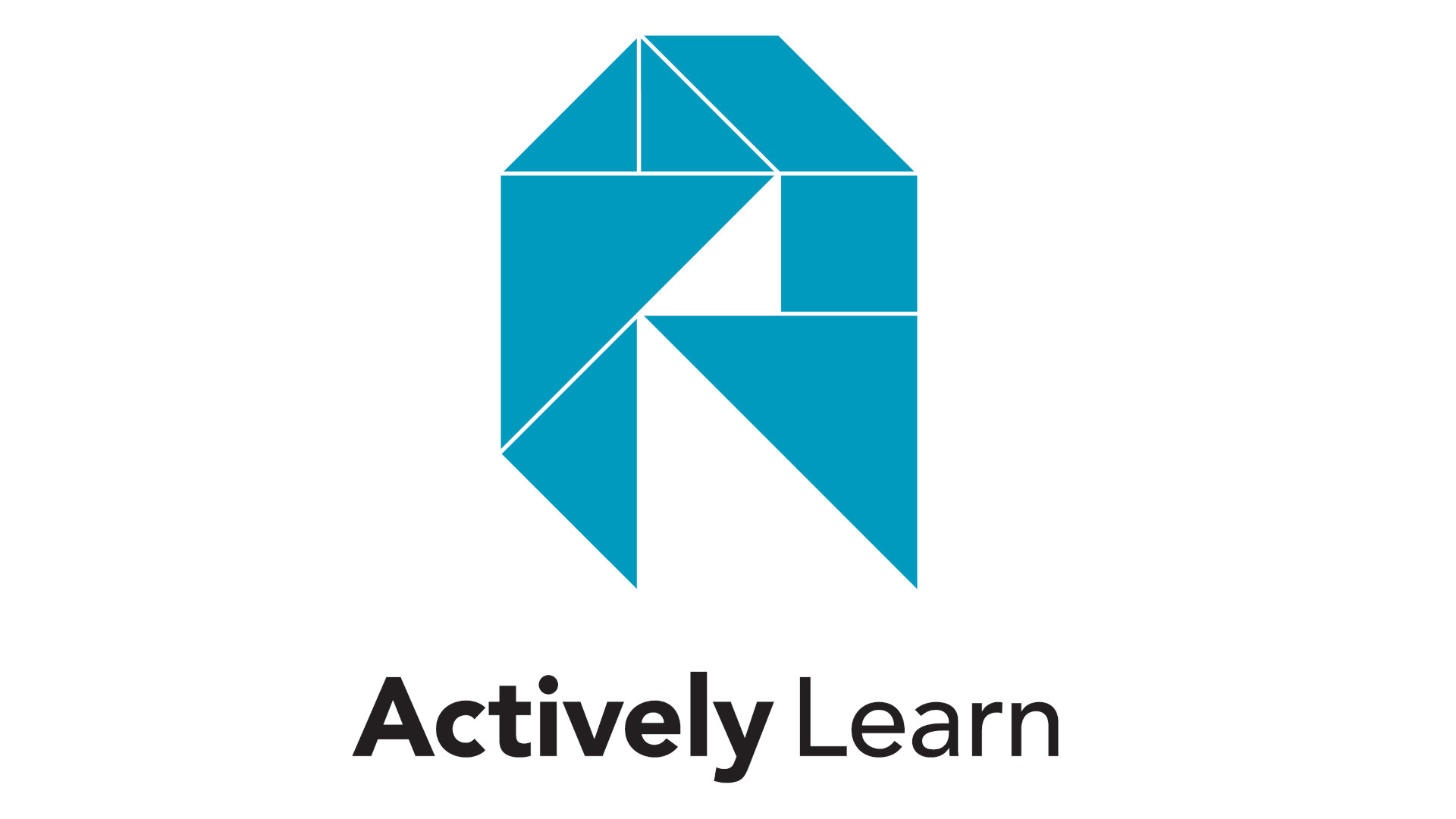Teaching Mary Shelley and Frankenstein
Though written in 1818, Mary Shelley’s Frankenstein explores themes of science and ethics relative to today’s students.
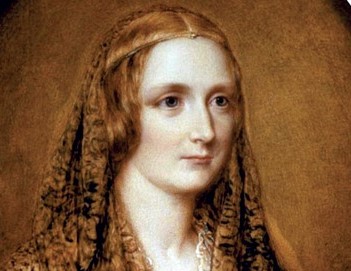
Mary Shelley wrote Frankenstein in 1818 when she was just 18 years old. In doing so, she not only created a gothic masterpiece that continues to influence and inspire literature but also broke barriers as a woman writer, pioneered science fiction, and created a cautionary tale that is relevant for AI, STEM, and tech researchers today.
For Woman’s History Month, Endicott College professor Charlotte Gordon discusses how to teach about Shelley while exploring discrimination, scientific ethics, and more. Gordon is the author of Romantic Outlaws: The Extraordinary Lives of Mary Wollstonecraft and Mary Shelley, which won the National Book Critics Circle award in 2016. Her latest book, Mary Shelley: A Very Short Introduction, will be released in May 2022
Explore The Obstacles Shelley Overcame to Write Frankenstein
To understand Shelley, students need to understand the intense discrimination she faced as a woman author and the tremendously important role her mother played in her life, says Gordon. “She was the daughter of Mary Wollstonecraft, who wrote A Vindication of the Rights of Woman,” Gordon says.
Mary Wollstonecraft died 10 days after little Mary was born, however, the young girl still had a deep connection with her mother thanks to her father, William Godwin, a journalist and novelist.
“After her mother died, her dad encouraged her to read all of her mother's scandalous books. Her mother, in her own lifetime, was called ‘a hyena in petticoats,’” Gordon says. “To be a woman during that time period, especially an ambitious and smart woman, was very difficult. The moment you got married in the 18th century, you surrendered all of your property to your husband. You could not own land. You could not have your own money. Obviously, you couldn't vote. There was no such thing as domestic abuse or marital rape.”
Shelley famously wrote Frankenstein in response to a ghost story challenge issued among a group of friends. Despite the book’s ultimate monumental success, it was first criticized because it was authored by a woman. “To write this kind of book was considered monstrous by the English public,” Gordon says. “So it led to her sort of further social exile. One critic said, ‘What kind of woman would write such a monstrous tale, there must be something diseased about her.’”
Understand the Importance of Women in Frankenstein
At first glance, the importance of women in Frankenstein might not be apparent, but it’s there if you examine the text critically, Gordon says. “When she writes the book, she is of course interested in science, but she's primarily interested in things like motherhood, death, and childbirth,” Gordon says. “The book is famous for being the first work of science fiction, and it is, but it's so revolutionary because it's a dystopian worldview that depicts how terrible the world is when you strip movement of agency.”
Tech & Learning Newsletter
Tools and ideas to transform education. Sign up below.
Several versions of Frankenstein exist, most notably the 1818 first edition and a revised 1831 edition. While the second edition is what has been traditionally taught in schools, Gordon recommends educators use the first edition. This is in part so she can remind her freshman college students that Shelley was their age when she wrote the book, but also because some themes she likes to discuss are particularly pronounced.
“If you think about Frankenstein, in all three editions, but especially edition one and edition two, one of the key points is how all of the women die, how all of the women are weak, and how it's really unchecked male ambition that creates murder, chaos, and havoc,” Gordon says. “The only voice of reason is the female voice of reason that’s offstage, it’s the sister of the explorer, who does manage to stop her brother from killing all the people on his ship and gets him to turn back.”
This theme, though subtle, in Frankenstein would become more apparent in Shelley’s later writings. “By the end of her writing life, the women are basically the heroes of the stories who stop the men from doing dumb and self-destructive things, and urge them to live in peace and harmony, reading books and being philosophers,” Gordon says.
For educators looking to explore later works from Shelley, Gordon recommends The Last Man, which is set in our current century and is about a pandemic.
Explore Lessons From Frankenstein For Science Ethics and Morality Overall
In 2017, Gordon wrote a piece for Slate in which she shared lessons from Mary Shelley’s writing for AI researchers. Examining these lessons in class can be an effective way to discuss Frankenstein.
“When you invent something, you have to stay with it and educate it and work with it,” Gordon says. “You don't just invent something and spring it on to society, you have to stay and do tech backup.”
Inventors should also prepare the world for their work. “‘World, I've created a Tesla, be ready. Here's what's cool about a Tesla, here's how you should engage with it,’” Gordon says. “All this is what Frankenstein didn't do. He doesn't help his invention. He doesn't prepare the world for the invention, so the creature becomes a source of terror. And then ultimately, Frankenstein doesn't take responsibility for his own invention.”
Students can explore past creations that were released into the world without proper preparation, including potentially harmful social media algorithms. They might also discuss the ethical implications of research currently underway, whether that be self-driving cars or computers as complex as the human brain.
Beyond the implications of the work for modern science, educators can also have their students explore the discrimination the creature faced. “When you meet the creature, the creature is actually so sweet at first,” Gordon says. “The creature wants to read. The creature wants to have relationships, that creature is so heartbroken that his father has run away from him. So it also becomes a kind of tale about how do we parent? How do we nurture?”
Erik Ofgang is a Tech & Learning contributor. A journalist, author and educator, his work has appeared in The New York Times, the Washington Post, the Smithsonian, The Atlantic, and Associated Press. He currently teaches at Western Connecticut State University’s MFA program. While a staff writer at Connecticut Magazine he won a Society of Professional Journalism Award for his education reporting. He is interested in how humans learn and how technology can make that more effective.





